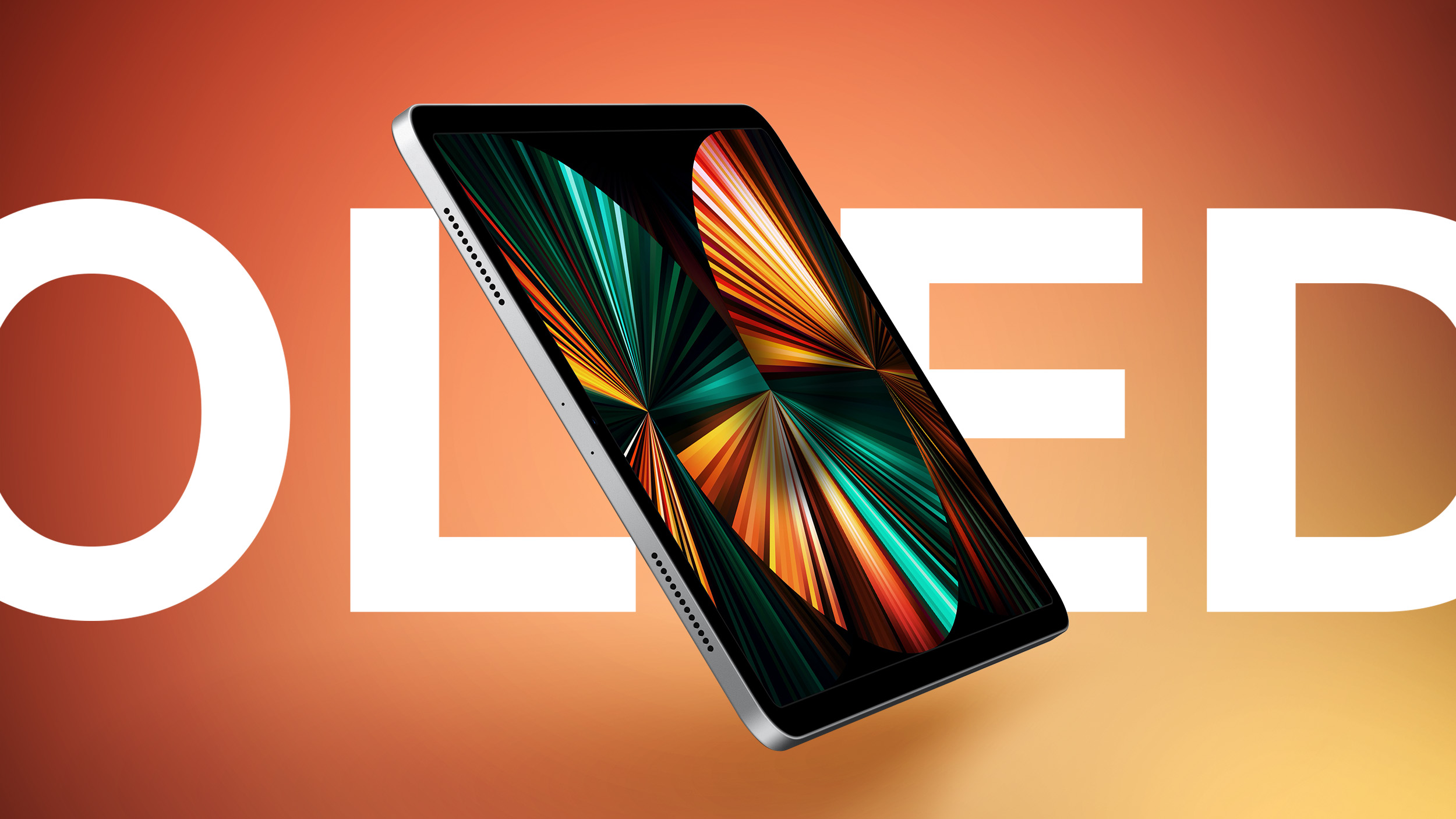
Benefits of OLED technology for iPad Pro displays would include increased brightness, higher contrast ratio, greater color accuracy, and lower power consumption compared to existing models with LCD panels. Apple already uses OLED displays for the latest iPhone and Apple Watch models, excluding the lower-end iPhone SE.
iPad Pro models released in 2017 and later support ProMotion, allowing for a variable refresh rate between 24Hz and 120Hz. The switch to OLED would likely allow for the refresh rate to drop down even further to 10Hz or lower to save battery life. iPhone 14 Pro models can reach as low as 1Hz while in always-on display mode.
Apple will reportedly be using very thin hybrid OLED displays with a combination of flexible and rigid materials, which could allow for the iPad Pro to have a slightly thinner design. The panels will be costly to manufacture, according to Ross Young of Display Supply Chain Consultants, so the next iPad Pro models will likely be more expensive.
The current iPad Pro models were released in October 2022 and feature Apple's M2 chip, support for faster Wi-Fi 6E and Bluetooth 5.3 connectivity, and hover functionality for the second-generation Apple Pencil. iPad Pro updates are often around a year and a half apart, so an early 2024 launch for the next models would make sense.
iPad Pro display sizes are expected to see a slight increase from 11 and 12.9 inches currently to 11.1 and 13 inches with the next models.
Omdia expects the first MacBook Pro with an OLED display to be released in 2027.
Related Roundup: iPad Pro
Tags: OLED iPad Pro, Omdia
Buyer's Guide: 11" iPad Pro (Neutral), 12.9" iPad Pro (Neutral)
Related Forum: iPad
This article, "iPad Pros With 11-Inch and 13-Inch OLED Displays Expected to Enter Mass Production Early Next Year" first appeared on MacRumors.com
Discuss this article in our forums
0 Commentaires